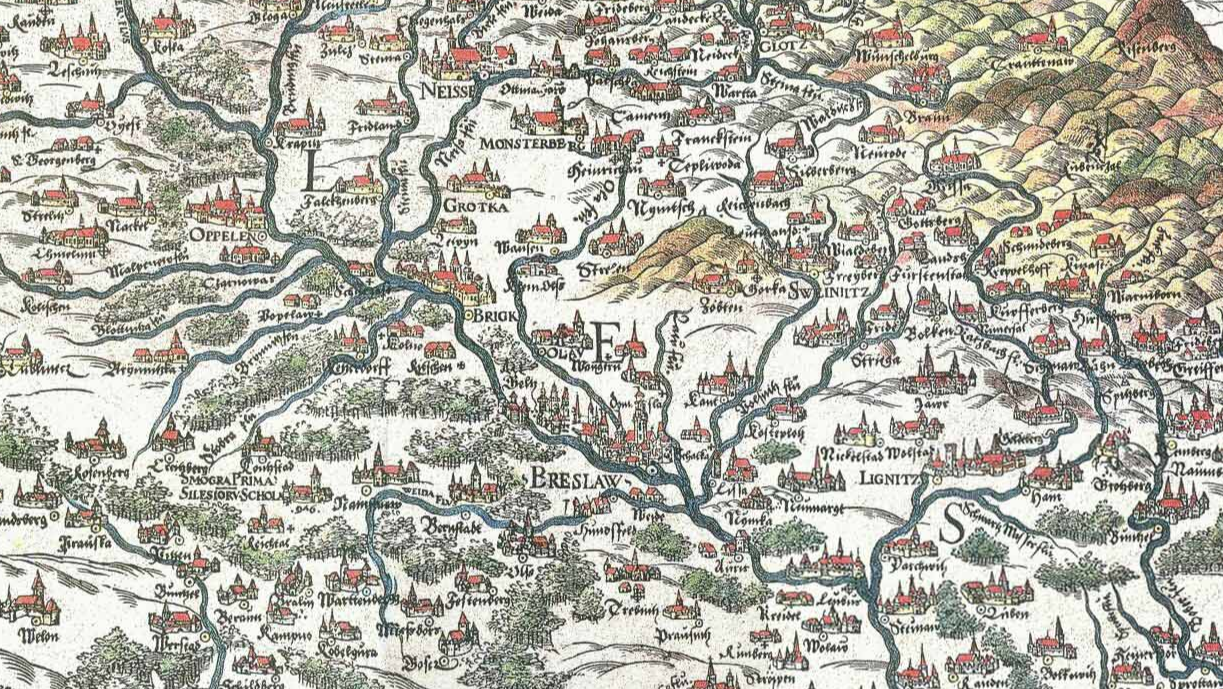Books & Culture
Bret Easton Ellis and the Other Dogs Has Nothing To Do with Bret Easton Ellis

Lina Wolff begins Bret Easton Ellis and the Other Dogs with a character telling a first person narrator a story: “‘It was a Friday two weeks ago,’ Valentino told me on one of the days he drove me to school. ‘Alba Cambó and I met up at ten that morning and went for a spin in the car.’” As a reader, you don’t know who the narrator is. You know nothing about her (him?) other than what’s expressed between Valentino’s dialogue. She goes to school. Valentino gives her a ride. It’s not clear who Valentino is. The focus of his story is Alba Cambó. You don’t know who she is, either. For the next ten pages, Valentino tells a story of major, life changing events that occurred on that ride two weeks ago. The story is exciting. It’s gripping. It’s so interesting that you almost forget that Wolff is giving you no ground to stand on as a reader.
When I read the first chapter, I was fully invested in what Valentino told me about Alba Cambó, fully invested in their lives, but also struggling with this lack of a foundation. Who was “I”, the narrator? Why did she disappear after the first ten pages of her own novel? Why didn’t she respond to anything he said? Why didn’t she interject with her own feelings, her reactions, or even what she saw outside the car window? What was her relationship with Valentino? Why did he feel so comfortable sharing incredibly intimate details with her? Why is Alba so important to both of them? Should I be reading more into this? Do the names matter? Is Valentino supposed to harken romantic notions of a dashing silent film star? Does Alba’s last name carry symbolic weight: cambó, literally, “she bent”?
After a page or two of these questions, I had to make a decision: do I follow this author whom I’ve never heard of into uncharted reading territory or do I abandon this book for something more familiar, more comfortable? I knew that sticking with the novel would require a certain amount of trust. I would have to forego my typical expectations and reading patterns and just go with the flow of this novel. Valentino’s story was interesting enough. The fact that I cared to ask all of these questions so quickly mattered. I trusted Wolff and kept going. It was the right decision.
Part of the joy of this novel lies in all that is unknown. The back cover gives almost no sense of what to expect from the pages within. The title is misleading. It was possible for me to enter into my reading completely in the dark, then wait for Wolff to gradually turn on one light after another. She is a master at this. She controls the information in very compelling ways, giving just enough to intrigue, then letting us get lost in the characters before what’s going to happen happens. She’s so good about revealing the information slowly that I’m hesitant to even review this novel. I’ve already told you too much. You’re better off buying the book and reading it before you read another written here.
And now that I’ve done my due diligence in warning you, I’ll carry on with this review. Bret Easton Ellis and the Other Dogs has nothing to do with Bret Easton Ellis. It’s just the name of a dog that a minor character, Rodrigo, talks about, a dog that the narrator never meets. It came from a brothel where all the dogs are all named after famous authors. Rodrigo buys the dog as part of his plan to repair his deteriorating marriage. If there’s a literary allusion at all, it’s simply that looking toward Bret Easton Ellis isn’t the best way to fix your relationship. This is a warning that you probably don’t need — who looks to Bret Easton Ellis for relationship advice, anyway? In the brothel, the prostitutes feed rotten meat to the dogs when johns are cruel. The back cover tells you as much. Neither are dripping with significance in the novel.
The misdirection continues in the very nature of the novel. It’s written in Swedish and by a Swede, but there are no Swedish characters and no reference to anything Scandinavian. It takes place entirely in Spain and follows Spanish (and one Italian) characters. It would feel Spanish except that the translator is English and he uses English colloquialisms. Araceli’s mother is “Mum,” their apartment is a “flat,” friends are sometimes “mates” and colors are “colours.” All of this adds up to something beautiful and global in the same way that Lee Van Cleef in a Spanish desert that was supposed to be the American West and fighting Italians who were supposed to be Mexicans all made sense in The Good, the Bad, and the Ugly.
Once all of these typical expectations are abandoned, you can get to the heart of the novel. Bret Easton Ellis and the Other Dogs follows an eighteen-year-old narrator named Araceli. She lives with her mother in a crumbling two bedroom apartment in Barcelona. Not much is happening in their lives. Araceli attends a school for translation and interpretation even though she has no real talent for this and no real job opportunities on the horizon. Araceli’s mother is a government employee who eschews relationships but enjoys trysts. A short story writer named Alba Cambó moves into the apartment below them. At first, Araceli and her mother are intrigued by Alba from a distance. They buy the magazines that feature her short stories and read them. Gradually, they get to know her and her servant, a central American named Blosom. Alba, Blosom, and Araceli’s mother grow closer. The introduction of Alba’s new love, Valentino, only serves to strengthen their ties. The fact that Alba is dying — which she reveals to Valentino in that opening story of his — enriches their bond. Because she is a generation behind them, Araceli becomes the outcast of the group.
The novel moves forward, meanders, and backtracks through the stories of these women. While Araceli is the narrator and this is ultimately her story, she spends much of the novel in the background. She’s a character we’re familiar with in film: the best friend, the one whom the story is never about, but who shows up at a café to say to the protagonist, “What’s wrong? You haven’t been yourself lately?” At least, Araceli seems to see herself as somehow not worthy of a story all on her own. So Valentino tells his story, Rodrigo tells his, Blosom tells hers, Araceli witnesses the adventures of her mother and her more glamorous best friend and her famous downstairs neighbor, and we even get to read one of Alba’s short stories in a chapter all its own.
This discursive aspect of Bret Easton Ellis is reminiscent of The Savage Detectives. I know that, in about a decade, Roberto Bolaño has gone from obscurity to worldwide fame to the cliché reference point for all Latin American fiction. I don’t mention him lightly or make this comparison in passing. Wolff’s work reflects Bolaño like Haruki Murakami’s The Wild Sheep Chase reflects Raymond Chandler novels. In both cases, authors take something incredibly original and put it into a context so unexpected that the second work is brilliant in its own right. In this case, Wolff has learned something about how to tell a story from Bolaño. The Savage Detectives is revolutionary in the way it chooses to approach protagonists. The reader never gets too close to Ulysses or Arturo. We instead get the stories of everyone who encountered the pair — old friends, passing acquaintances, lovers, editors, enemies. Because we can never see the work of the two poets or read their thoughts or even get a chapter in which they’re the clear cut main characters, we have to reconstruct them in our mind from a series of tangential points. It’s never a clear view. In structuring The Savage Detectives this way, Bolaño touches on something unique to twenty-first-century identity construction. We’re starting to construct our own identities through tangential points — posts crafted to maximize likes, pictures or videos with no context that sometimes vanish after a few seconds, ideas restricted to 140 characters and shaped in hopes of retweets. Bolaño’s Ulysses and Arturo are hidden and guarded because they live the lonely, disconnected, and sometimes passionate lives of artists, not because they’re social media addicts. Regardless, in both cases, identities come to be hyperaware of how they’re viewed from the outside.
Wolff shifts this. Our protagonist is also our first-person narrator. Her hyperawareness of how others view (or more often, ignore) her becomes all the more poignant. She’s not searching for meaning in her life because, clearly, there’s not much hope for that. She’s not sharing much of her internal struggles, her ideas or dreams or feelings, because no one in her life seems interested in hearing them. Those around Araceli are dismissive of her to the point where Araceli seems to guard herself from what’s going on inside. Within this dismissal lies the real feminist power of the novel.
The only stories men will listen to in the novel are Alba’s. She writes dark stories about men who meet humiliating or violent ends. Her longest is about a mysterious place called Caudal. She describes it as the last town on the road to hell. The townspeople are the last remnants of an era on its way to becoming bygone. In many ways, they demonstrate the worst parts of our own personality, kind of a collective id that has forgotten how to have fun. A specter of death hovers over them. The cemetery is the town’s most prominent landmark. A new priest enters the town with hopes of reviving it. The town, instead, destroys him.
Even the men who don’t get humiliated or killed come across poorly in Alba’s stories. Still, men love the stories. Araceli seems to learn something from this. When she tells her own story, she finds way to show men in honest, if humiliating, ways. She lets them lead themselves to their own dark ends. Similarly, like Alba does in her stories, Araceli finds a way to keep the women prominent in the stories. The men can take the lead and carry on to their logical conclusions. The women, in the meantime, learn to operate on the margins. They work together and get stronger through this work. They confront their isolation and nurture one another. They leave situations that feel untenable. They reject patriarchy in blatant and subtle ways. As Araceli grows and changes around these women, she learns to tell her own story. While it may not matter much to the people around her, Araceli’s story matters to Araceli. As you read the novel, it matters to you, too.









